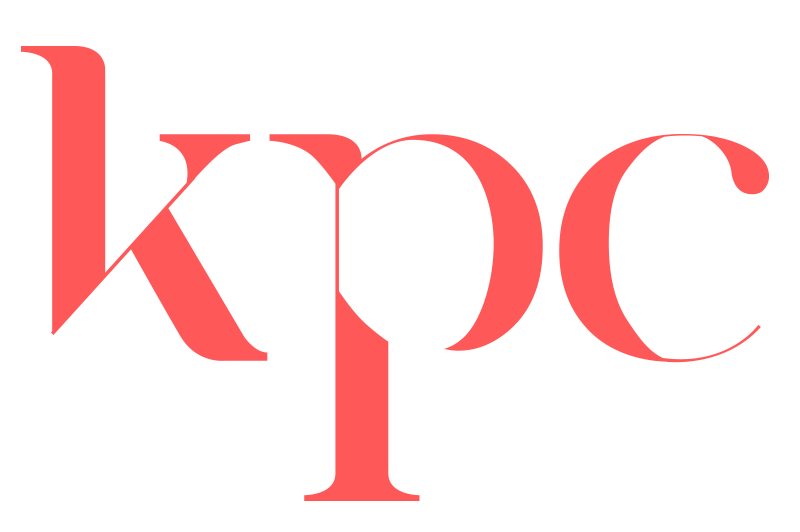It’s a new year and therefore a new opportunity to refresh your company’s diversity training programs. 2016 is the year to be proactive when it comes to inclusion behaviors that are paramount to continued growth and success into the new year (and for years to come)!
So as you pull together with ways to improve your company’s diversity training programs, consider the following practices.
-
Bridge the Generational Gap
You have probably heard a lot about the “Millennial” generation in recent years. Portrayed as an enigma of a cohort, Millennials are multi-tasking, technologically savvy and socially conscious young adults born anywhere between the early 1980’s to the early 2000’s. You’ve undoubtedly read articles trying to understand everything Millennials do – from how they vote on Election Day to what they buy at the grocery store.
Today there are 83 million millennials in the United States and Millennials have surpassed Gen Xers as the largest generation in U.S. labor force. More and more of these Millennials are assuming leadership positions.
It is imperative that multigenerational workplaces work cohesively and collaboratively. True, there are differences from generation to generation, but these differences are nothing more than opportunities to build a more robust, dynamic team. Each generation brings a unique perspective to the workplace. Bridging the generation gap and promoting Millennials to leadership positions will be essential for any business that wants to retain Millennial talent.
-
Identify Unconscious Bias
 Most would agree that workplace discrimination can be hard to define, but it is very apparent when it happens. But what about when discrimination isn’t so black and white?
Most would agree that workplace discrimination can be hard to define, but it is very apparent when it happens. But what about when discrimination isn’t so black and white?
For example, did you know tall people are more likely to be successful? This is solely because of our own, unconscious bias. Tall people are more likely to hold C-Suite positions than their shorter (but equally capable) counterparts. The average height for Fortune 500 CEOs is 6’ 2” however the average height of Americans is 5’9”. In fact, research shows that an extra inch of height translates to $1,000 more annual income. We are biased to see tall people as more authoritative or leader-like, whether we intend to or not.
In addition to more obvious forms of workplace discrimination, it is important that unconscious patterns are addressed. Unmasking unconscious biases and taking action to prevent them is an important facet of diversity training programs that may not always be top of mind.

-
Utilize Inclusion to Become a Higher Performing Team
It’s no surprise that inclusion of people of different origins, ethnicities, genders, orientations and beliefs is inevitable with the demands of increasing globalization. But diversity can help the bottom line of any business.
“Having a more diverse set of employees means you have a more diverse set of skills,” says MIT economist Sara Ellison. This diversity more often than not results in an office that functions more efficiently (and more profitably). A recent study shows that gender-diverse companies are 15% more likely to outperform their peers and ethnically-diverse companies are 35% more likely to do the same.
Also, diverse teams attract more diverse business. Customers, clients and vendors are more likely to engage in business with an organization where they see themselves represented. Diverse teams simply have a broader appeal.
Understanding our personal work habits can help us navigate in a diverse workplace and optimize the team’s productivity. Harnessing the knowledge and tools for working with others to drive high performance will be the future of diversity training programs.
As organizations continue to recognize the importance of diversity to the success of their businesses, they should place emphasis on bridging the generational gap, identifying unconscious bias and forming more productive teams in the workplace. These are three inclusion practices that are here to stay. Are these three practices a part of your company’s diversity training? If not, you’ll want to take the next steps to train your staff by requesting a discovery session with KPC to discuss your unique goals and learn how our customized curriculum will transform your organization.
Follow KPC on Twitter at @kparksinc and on Facebook at KPC. Connect with the author, Kizzy Dominguez on LinkedIn.

